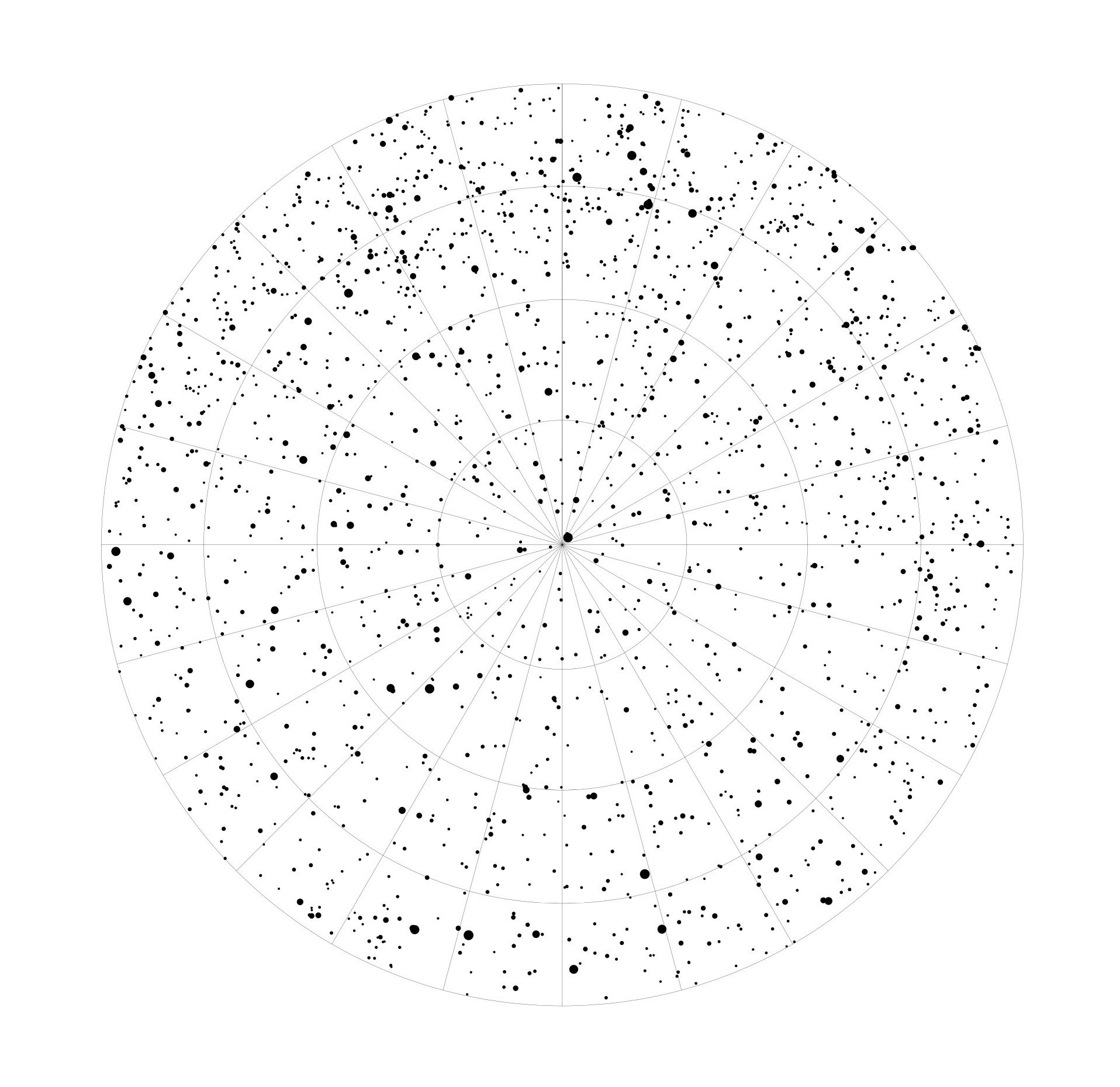Arrival
Bill Brayton
Arrival, analogue and digital processes, dimensions variable
“Overnight your world changes radically, and it’s never the same again.”
Interview by L. Valena
December 8, 2023
Can you start by describing the prompt that you responded to?
It was a poem called “Morning Rituals”. The thing that stood out for me the most was the last line: "Like a light, his face appeared." That immediately called to mind, along with other aspects of the poem, the day we adopted my son. I knew I didn't want to directly drag him into the project, but I wanted to somehow reference that experience. There are some travel documents that came with him that day, and they were the beginning of the project. Maybe there is some other imagery in Arrival that also abstractly relates to that notion of his face appearing.
That's beautiful! Do you want to say more about that?
When Gavin first saw me, he smiled. So that's probably why “Morning Rituals” triggered that memory. When you build a family through adoption, after years of preparation, overnight your world changes radically, and it's never the same again. Although we tried to be ready for that, it's pretty much impossible. As new parents, we entered into what Lou Reed called “The Great Adventure.”
I also wanted to bring in other stuff that the poem talked about. There's a line that goes, "Although the stars still dust the sky," so the piece has a star chart of the North American sky embedded into it. It's inverted so the stars are black. I also used an image of a recent drawing called Tree Space. I brought these sources into the computer, overlaid and altered them, printed the image out, drew on it, and then brought it back into the computer and messed with it some more.
It sounds like there was almost a second arrival. There was the time the plane landed, but then the moment of first contact sounds like the true arrival time.
Yes, that was the real arrival moment. It was life-changing, and everything in my world has evolved in response to it.
It was a bit of a departure trying to equally mix digital and handmade sources, the found images with the drawn parts. I'm from a generation that spans traditional and digital media. But I've never been able to successfully pull off an image that is an equal marriage of those two worlds because they kind of fight each other. Is that something you think about in your work?
They do fight. The texture that you get in analog work is just so different from what you can get in digital work. No matter how much texture you can add digitally, it's just not the same thing. It's got its own cool thing, it's just totally different.
How does this piece you made relate to the rest of your work?
I don't usually do anything like this, which is kind of great. That's what Bait/Switch is all about, right? Mainly I draw and make sculpture. I just did a show that had to do with the torrential flow of water. My little town of Conway, MA was the wettest town in North America in July. This new series grew from a sculpture I made eighteen years ago called Rogue Wave. That's a wave that comes in from an unexpected direction, and it's often three or four times as big as the other waves. They can capsize huge ships. Rogue waves used to be considered a myth, but now it has been proven that they exist.
Isn't it amazing when science points to something thought to be a myth and says, "Actually, this is part of reality now"?
Yes! We have data! There's something about that in Arrival, about weather, wind and water systems, universal things that are so out of whack right now.
The drawings are a parallel investigation. Right now in drawing I'm more interested in outer space: planets, stars and events like solar flares. The drawings operate on a cosmic scale, whereas the sculpture is happening on a more terrestrial level. I’m also painting on spalted wood and making digital prints.
Now that you've been through this process, do you have any advice for another artist approaching it for the first time?
For me, the best part of Bait/Switch was the break from my normal studio practice, the chance to be a beginner again. When I made this piece, I knew I would be sending it through the airwaves to you, and I didn't have to think about it in a physical form. That was really freeing.
Arrival ended up being a lot more personal than my work may appear generally. That was kind of a surprise. So I would suggest being open to surprises, and let the prompt lead the way. At least that is the way I approached it. The prompt knocked me flat right from the beginning. That made it easier. I really liked Bait/Switch – it kind of took over my world for a few days. And, you gave me an assignment. [Bill was once Lu’s professor] That must have been fun!
Finally! [Both laugh]
Call Number: M84PP | M86VA.braArri
William Brayton graduated from the University of New Hampshire, cum laude in studio art, and received an MFA from Claremont Graduate University in Los Angeles. Brayton has exhibited his work in a broad range of venues including: The Barrows Rotunda, Dartmouth College; The Mount, Lenox, MA; The Art Lot, Brooklyn, NY; The Chesterwood Museum, Stockbridge, MA; Soil Gallery, Seattle WA; and the Boston Sculptors Gallery, Boston MA. His work has appeared in numerous publications including Sculpture Magazine, Art New England, The Seattle Times, and The Boston Globe.






